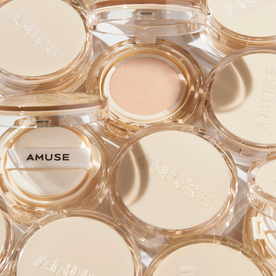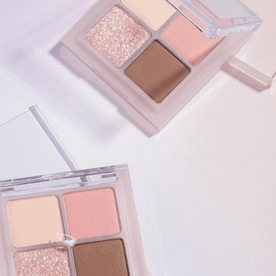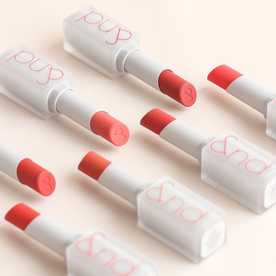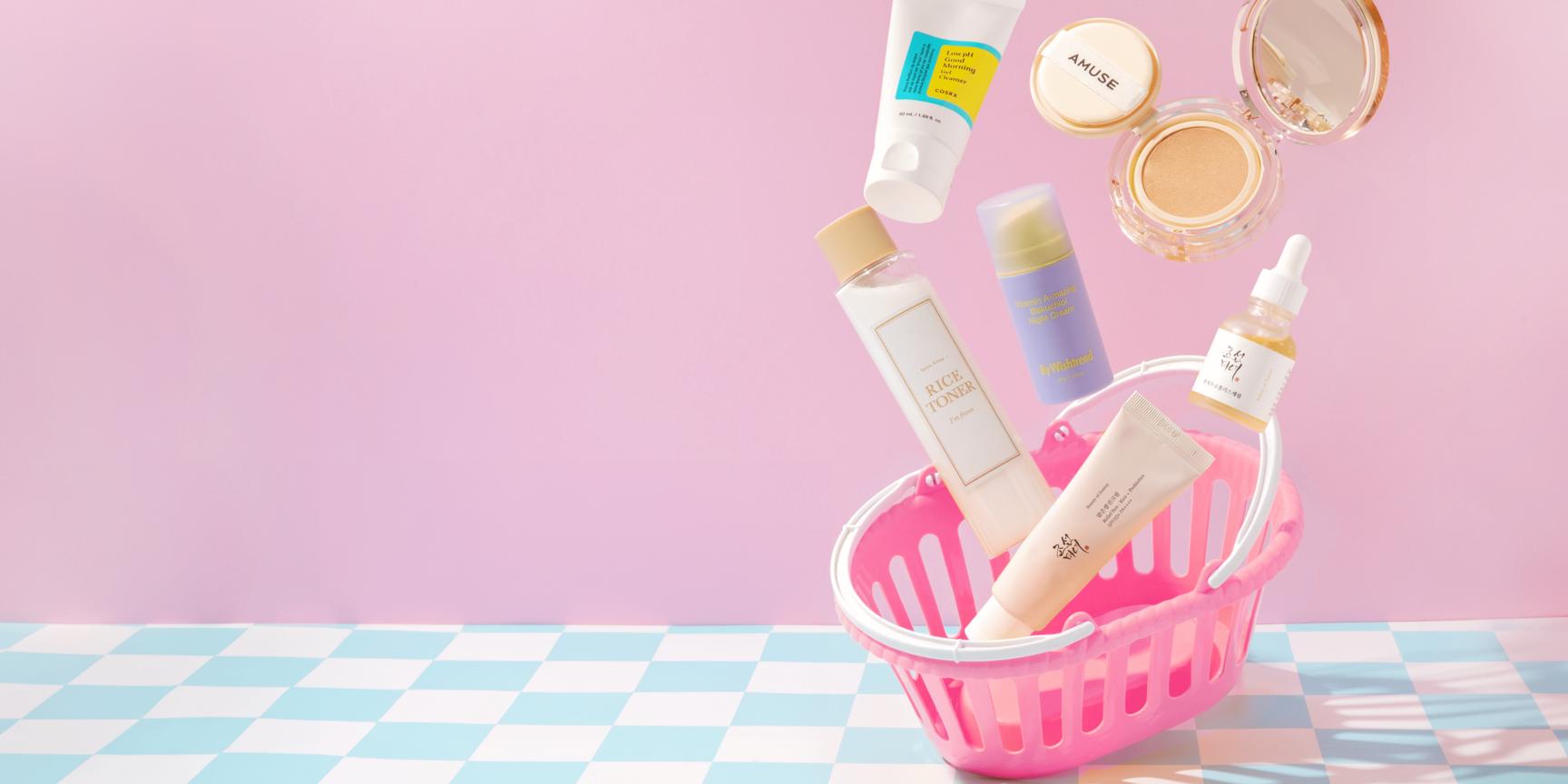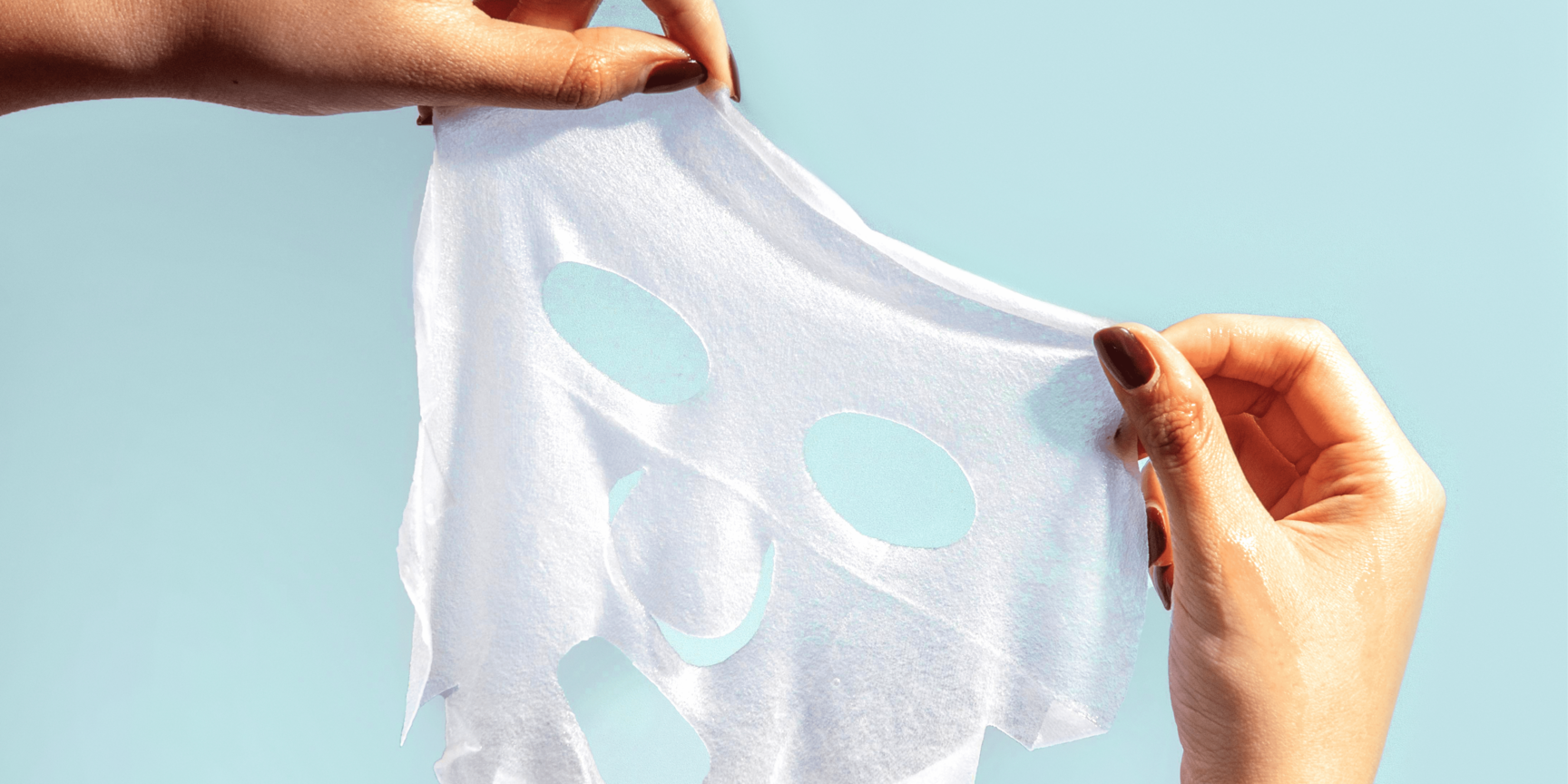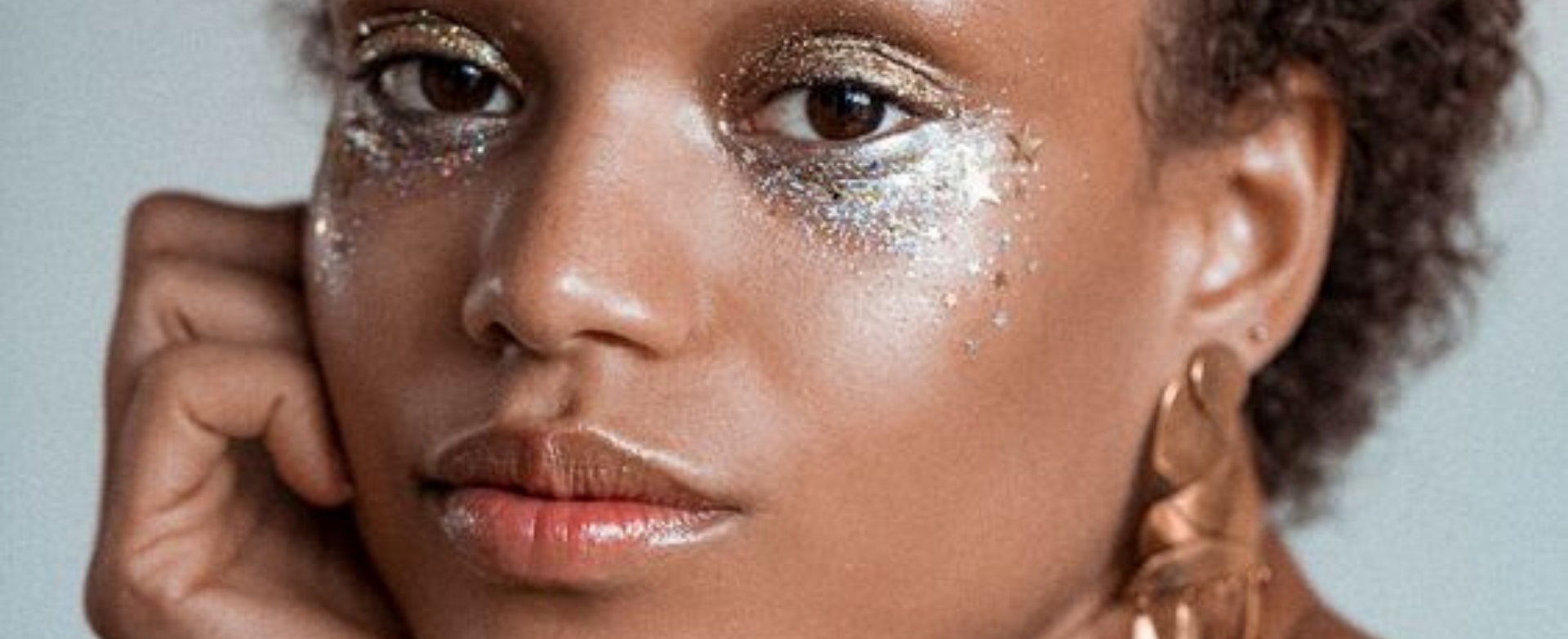DARK CIRCLES AND HOW TO TREAT THEM
This might be a familiar scene to you: You wake up in the morning, go to the bathroom, and look in the mirror. Despite the fact that you’ve only been awake a few minutes, you look tired. The first thing you notice is your eyes - they’re puffy, and there are those dreaded dark circles.
If you don’t habitually have dark circles, you may just be suffering from a couple of late nights. However, fatigue isn’t the only reason why we get tired-looking eyes. So before you dab on the concealer, it might be worth it to find out what type of circles you have, and if there’s a way to minimize them.
Causes
Not all dark circles are equal. There are different types of dark under-eye circles, with different root causes. Unfortunately, only some of them can be treated. Here are some of the most common reasons we get dark circles:
- Genetic Predisposition - Let’s start with the not-great news first. Some people just have a tendency to have dark eye areas, as an inherited trait. People with darker skin tones are also more prone to hyperpigmentation around the eyes.
- Structural - Not all dark circles are caused by the skin itself. Structural differences (like having more deeply sunken eyes) and fat loss as we age can cause shadows around the eye area, making it look darker.
- Sun Exposure - Another reason to stay out of the sun! UV rays cause hyperpigmentation, which can cause dark spots on any exposed skin, even the skin around your eyes.
- Vascular - Rubbing your eyes often or straining them can cause the blood vessels around your eyes to dilate, making them more visible beneath your skin. This can cause that bluish tinge under your eyes. If you suffer from allergies, you’ll know that the histamines that react to allergens also cause vessels to dilate and make eyes puffy and red.
- Dehydration - Not drinking enough water, or ingesting too much salt or alcohol can cause skin to look dull. It can also cause the eyes to “sink”, as the skin around the eyes is very close to the bones and blood vessels. This can cause shadows, as well as a blue tint as the vessels show through.
Treatment and Tips

Don’t despair if your dark circles are genetic. While you probably won’t be able to get rid of them completely, there are ways you can minimize the factors that cause them to look even darker.
The first thing to do is to up your sun protection game. Wearing sunscreen and avoiding long bouts in the sun will keep hyperpigmentation at bay. If you have a darker skin tone, you’ll want to be especially careful, as you’re more prone to melanin production. Channel your inner movie star - throw on a chic pair of UV filtering sunglasses to protect your eyes, as well as the skin around them.
A good eye anti-aging cream can help with some of the darkness associated with age. Because our faces tend to sink and lose fat as we get older, the area around the eyes can sink as well. Boosting the collagen production in the area with a retinol or peptide cream can help, with the bonus effects of smoothing wrinkles. Adding moisture to the area can also plump the skin, so an eye cream with hyaluronic acid or other water-retaining ingredients are a good choice.
If you’re pretty sure that staying up half the night (or a few drinks too many) might be the cause of your racoon eyes, there are several quick-fixes you can try. The first is a cool eye patch or mask. Pop some soothing under-eye patches into the fridge (the gel-like ones are great for this), then put them on for a cooling effect. Not only will it feel nice, but the cold causes the vessels to constrict, making them less visible. A skincare product with caffeine will give a similar boost, reducing inflammation and causing eyes to look less puffy.
Puffiness caused by fluid build-up in your face is common, especially around the eyes. Try sleeping with an extra pillow - the elevation may help it to drain. A cool jade roller or facial massage tool can also reduce puffiness and gently push out extra fluid.
If all else fails, go for a concealer to lighten the circles. Liquid concealers work the best, as they won’t cake or crease around the eyes. Choosing a concealer that’s slightly lighter than your actual skin tone can help brighten the area, as can a formula that is is labeled “luminous” or “radiant”. To balance out the bluish tinge, choose a concealer with pink or orange undertones.
Getting adequate sleep, drinking enough water, and protecting yourself from the sun are all healthy ways to avoid getting dark circles. While there are some factors that are genetic, there are also some that can be controlled, and an eye patch or mask is a great way to pamper yourself!









































